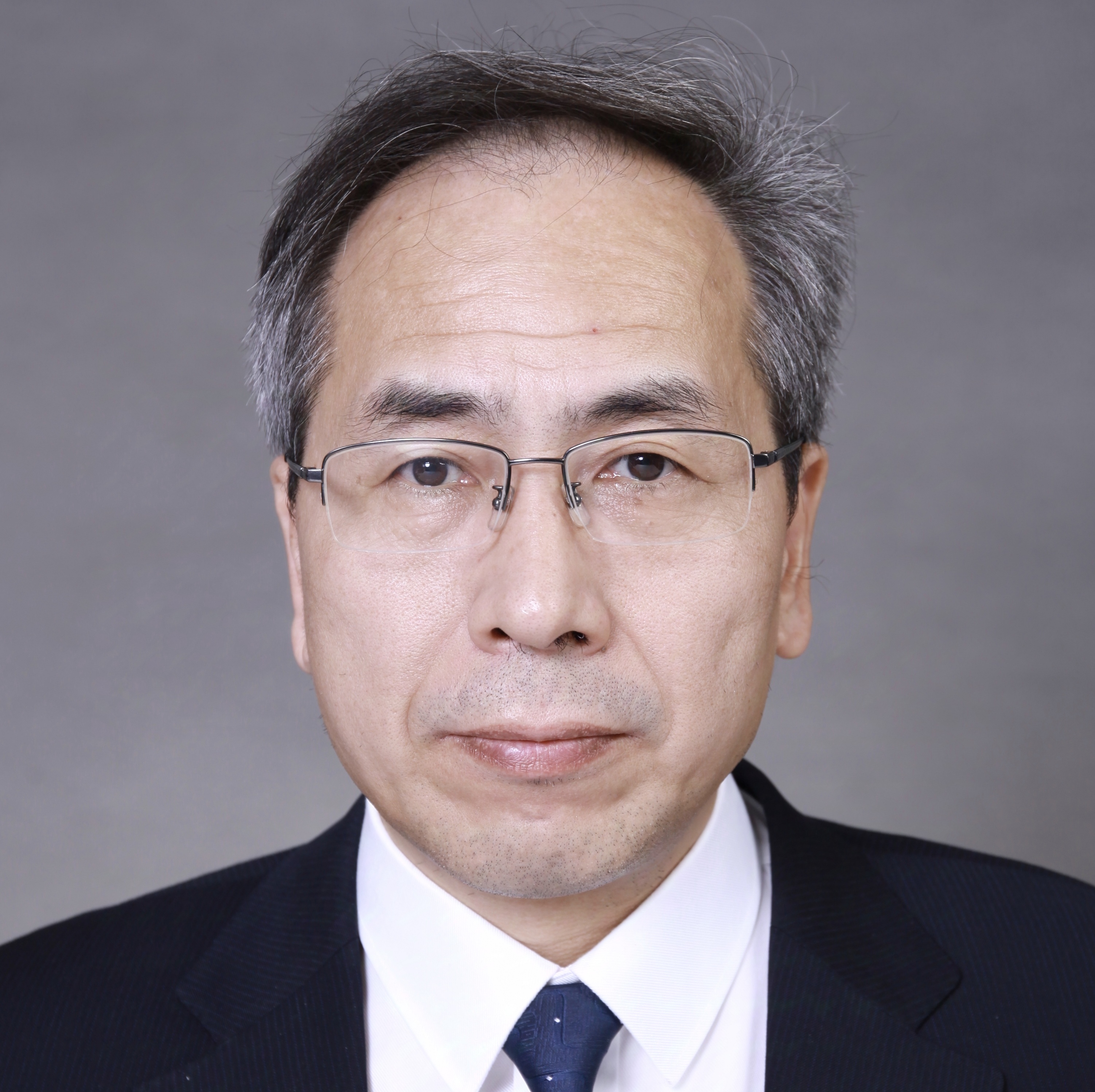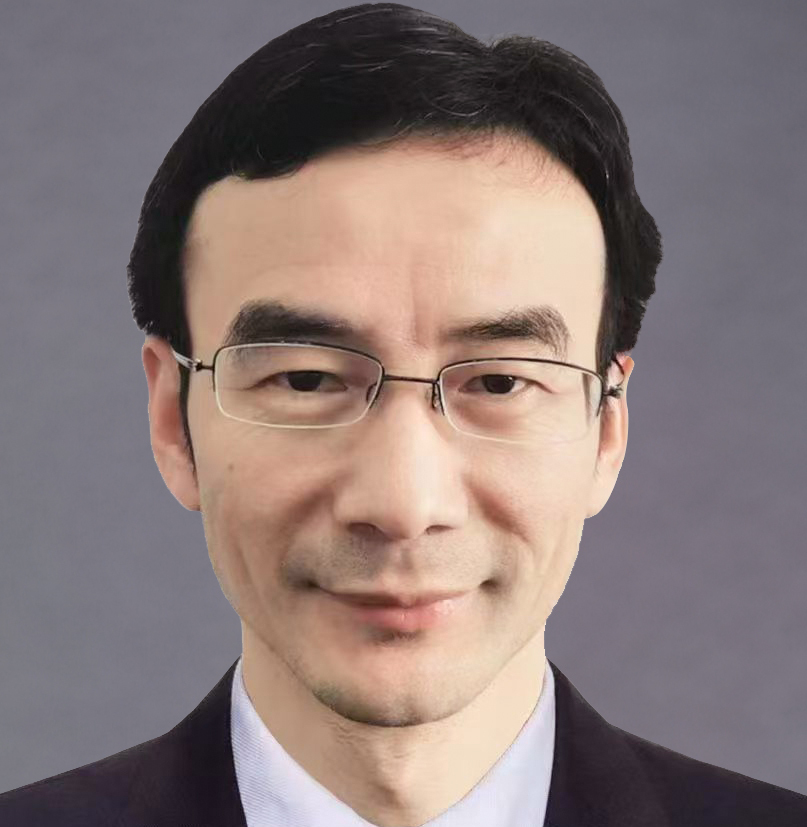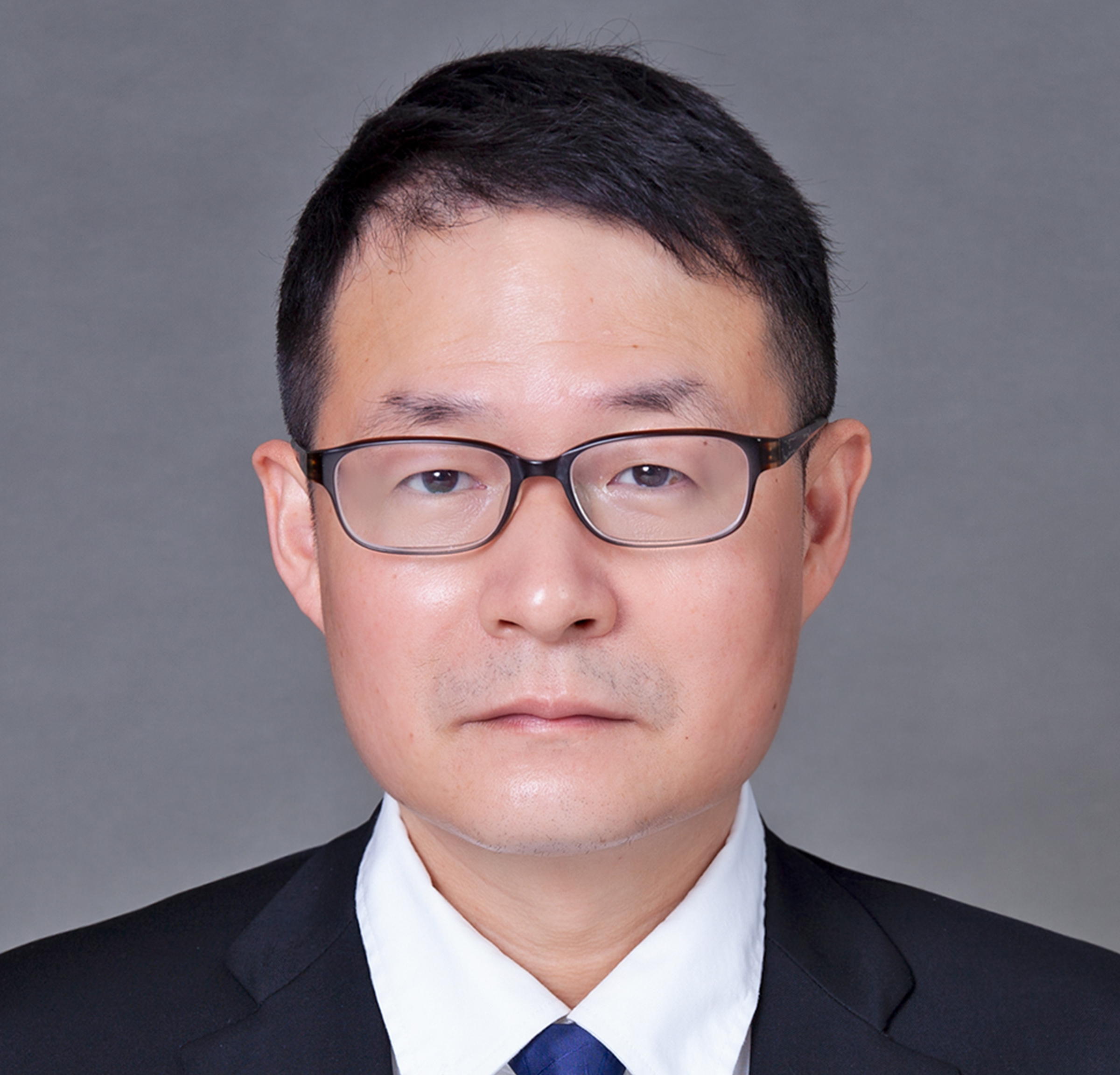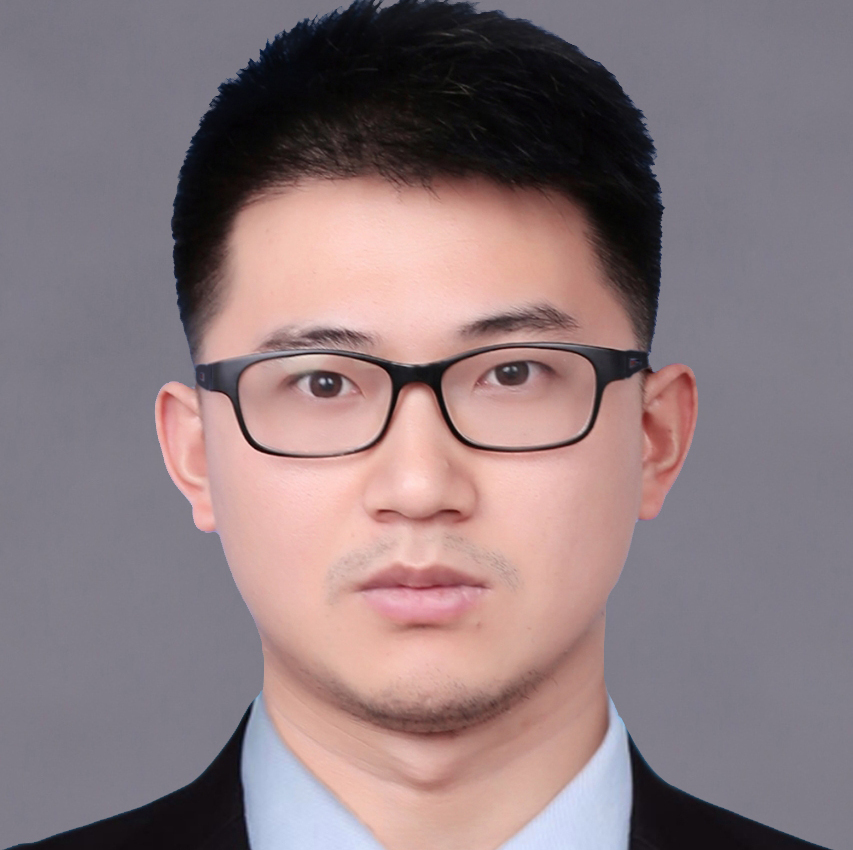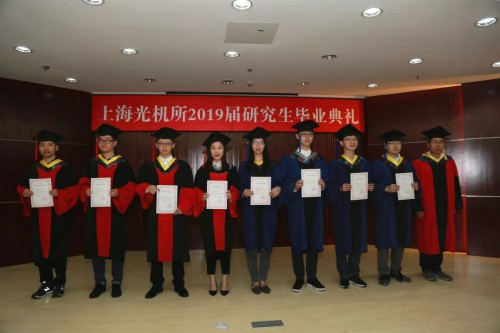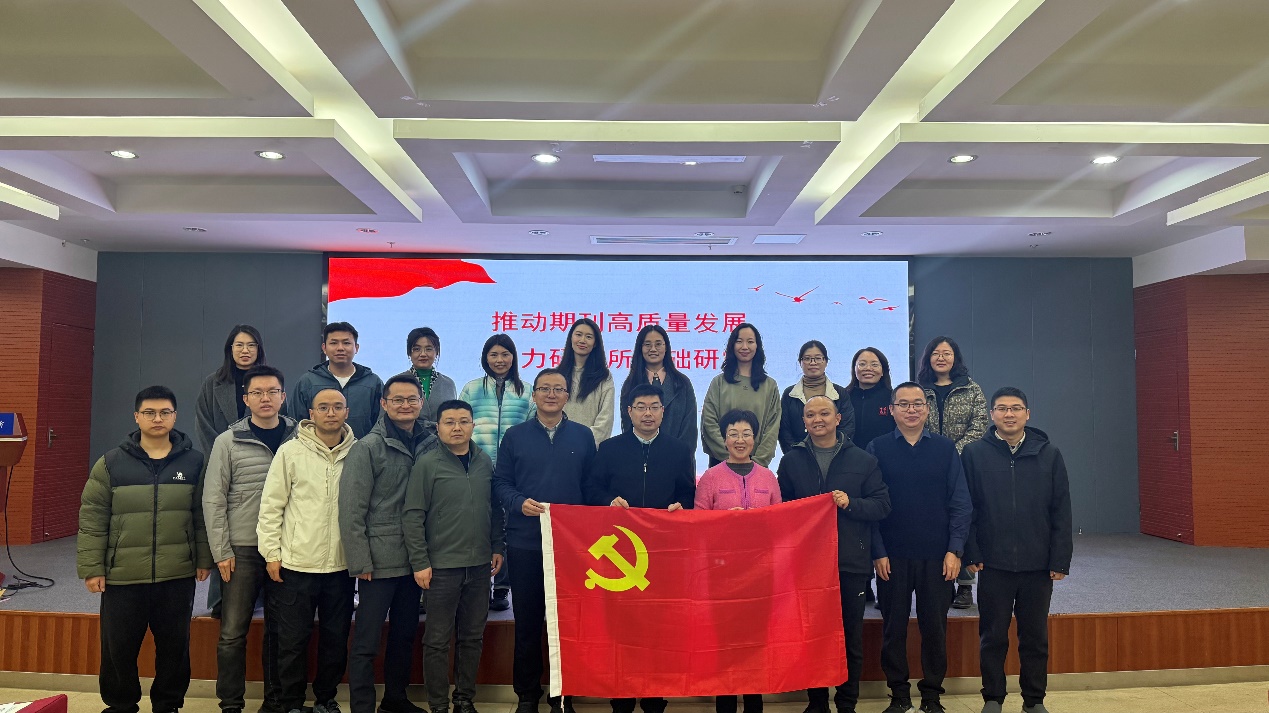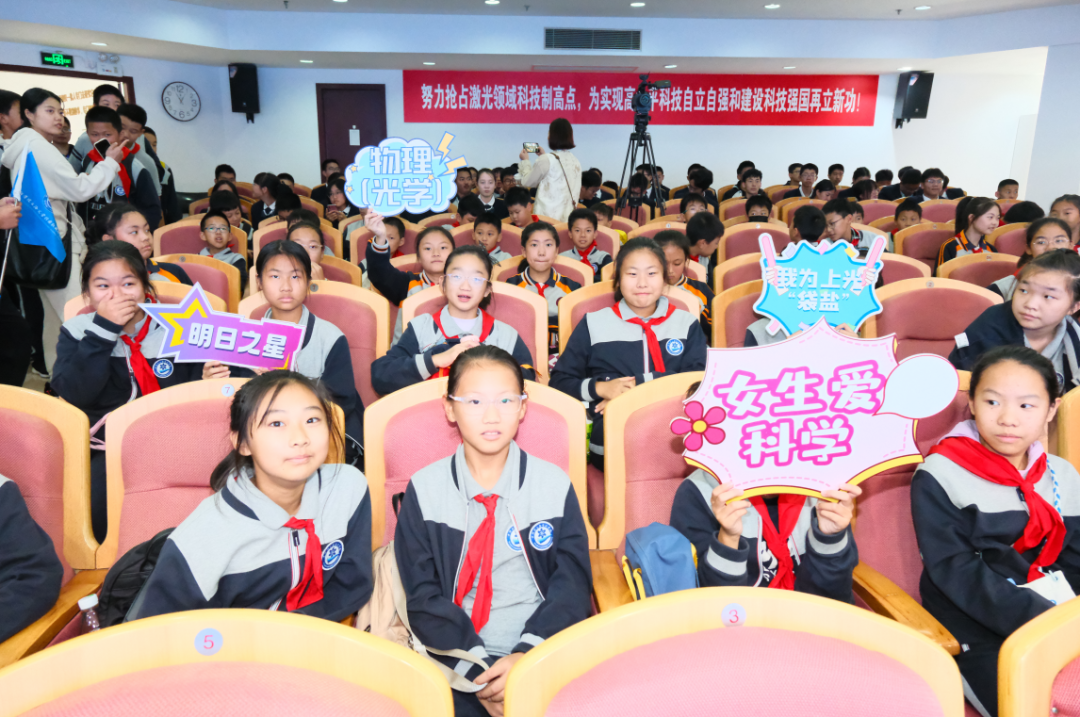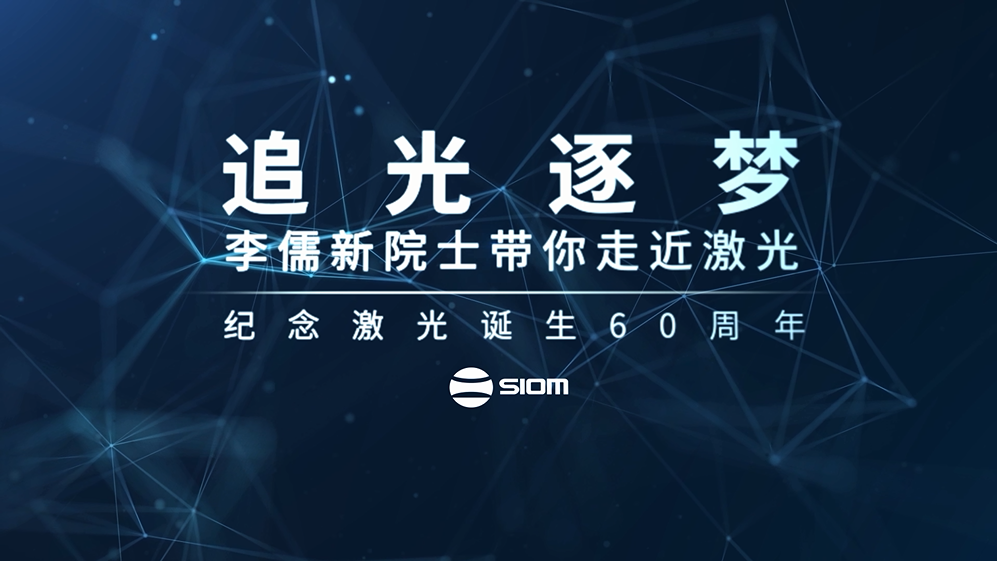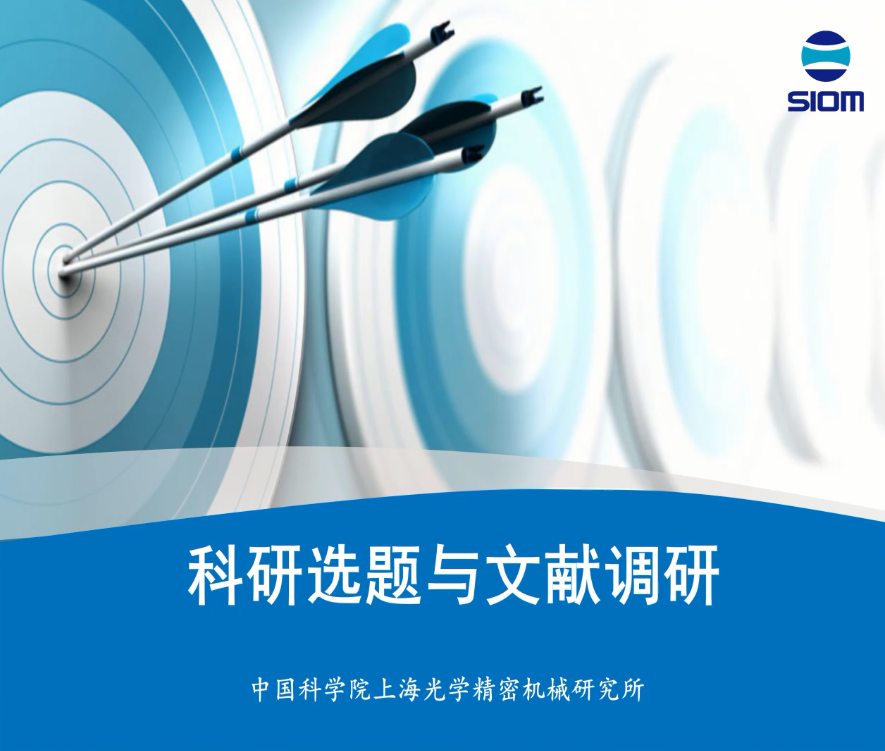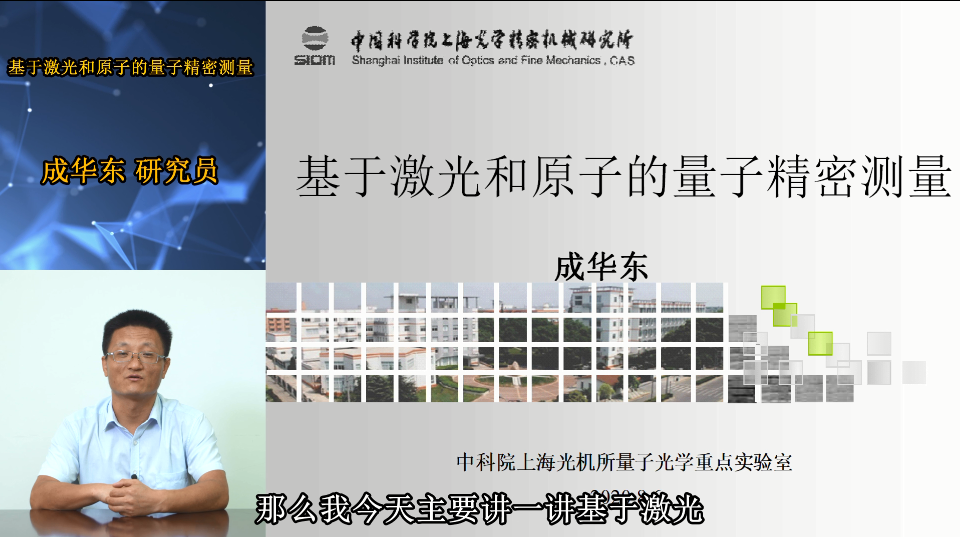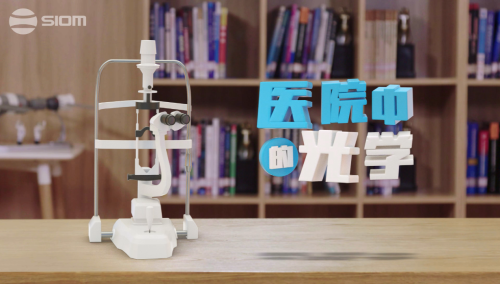报告题目:Discovery of Temporal Universe
报告时间:2018年10月30日(周二)10:00
报告地点:西区2号楼208会议室
报告人:Francis T. S. Yu(杨振寰)教授
Abstract:
We will show that time is one of the most intriguing variables in the universe. Without time, there would be no physical substances, no space, and no life. With reference to Einstein’s energy equation, we have shown that energy and mass can be traded. In other words, mass is equivalent to energy, and energy is equivalent to mass, for which all mass can be treated as an energy reservoir. We have also shown that a physical space cannot be embedded in an absolute empty space, and cannot even have any absolute empty subspace in it. In reality, every physical space has to be fully packed with physical substances (i.e., energy and mass). Since no physical space can be embedded in an absolute empty space, it is reasonable to assume that our universe is a subspace within a more complex space, which remains to be found. We have also shown that it takes time to create a physical space, and it cannot bring back the time that has been used for the creation. Since all physical substances exist with time, all physical spaces are created by time and substances (i.e., energy and mass). This means that our cosmos was created by time and a gigantic energy explosion, in which we see that every substance coexists with time. That is, without time, the creation of physical substances would not have happened. We have further noted that our universe is in a temporal space, and it is still expanding based on current observation. This shows us that our universe has not reached its half-life yet, as we have accepted the big bang creation. And finally, we are not alone with almost absolute certainty. Someday, we may find a planet that once upon a time had harbored a civilization for a period of light years.
Biography:
Francis T. S. Yu received his B.S.E.E. degree from Mapua Institute of Technology, Manila, Philippines, and his M.S. and Ph.D. degrees in Electrical Engineering from the University of Michigan.
During the period from 1958 to 1965, he was a teaching fellow, an instructor, and a lecturer in the Electrical Engineering Department at the University of Michigan, and a research associate with the Communication Sciences Laboratory at the same University. From 1966 to 1980 he was on the faculty of the Electrical and Computer Engineering Department at Wayne State University. He was a Visiting Professor in the Electrical and Computer Engineering Department at the University of Michigan from 1978-1979. In 1980 he became a Professor in the Electrical Engineering Department at The Pennsylvania State University. He has been a consultant to several industrial and government laboratories. He is an active researcher in the fields of optical signal processing, holography, optics and information theory, and optical computing. He has published over 300 refereed papers in these areas. He is a recipient of the 1983 Faculty Scholar Medal for Outstanding Achievement in Physical Sciences and Engineering, a recipient of the 1984 Outstanding Researcher in the College of Engineering, was named Evan Pugh Professor of Electrical Engineering in 1985 at Penn State, a recipient of the 1993 Premier Research Award from the Penn State Engineering Society, was named Honorary Professor in Nankai University in 1995, the co-recipient of the 1998 IEEE Donald G. Fink Prize Paper Award, named Honorary Professor in National Chiao Tung University Taiwan in 2004, the recipients of the 2004 SPIE Dennis Gabor Award, and the 2017 OSA Emmet N. Leith Medal. Dr. Yu retired from Penn State University in 2004.
He is the author and co-author of ten books entitled: (1) Introduction to Diffraction, Information Processing and Holography (translated in Russian), (2) Optics and Information Theory, (3) Optical Information Processing (translated in Chinese), (4) White-Light Optical Signal Processing, (5) Principles of Optical Engineering (with I. C. Khoo) (translated in Chinese), (6) Optical Signal Processing, Computing, and Neural Networks (with S. Jutamulia) (translated in Chinese and Japanese), (7) Introduction to Optical Engineering (with X. Yang) ( translated Korean), (8) Entropy and Information Optics (being translated in Chinese) (9) Introduction to Information Optics (with S. Jutamulia and S. Yin), (10) Coherent Photonics, (with A. Larkin in Russian), (11) Neural Networks and Education: The Art of Learning, (translated in Chinese, Spanish and Russian), (12) Neural Stickman: The Art of …(translated in Chinese, Spanish and Russian). And he also has contributed several invited chapters in various monographs and books. He has co-edited four books entitled: (1) Optical Storage and Retrieval (with S. Jutamulia), (2) Optical Pattern Recognition (with S. Jutamulia), (3) Photorefractive Optics (with S. Yin), and (4) Fiber Sensors (with S. Yin). He has also c-edited two volumes of SPIE Milestone Series; Optical Pattern recognition (with S. Yin) and Coherent Optical Processing (with S. Yin). And Chairs/Editors (with R. Guo and S. Yin) over twenty five volumes of SPIE Proceedings on Photorefractive Fiber and Crystal Devices: Materials, Optical Properties, and Applications.
Dr. Yu is a life-fellow of IEEE and fellow of OSA, SPIE, and PSC.



